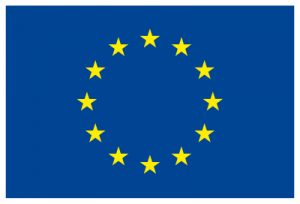Report presenting the results of investigations into how digital practices are transforming the traditional cultural heritage interactions and practices. It explores the current challenges and potential opportunities for CH that lie ahead and reflects the context of change related to following fields: CH held by cultural institutions; mediated and unmediated CH; traditional hand-making skills; transformations of physical spaces, places and territories; digitization on performance-based CH.
Read More →
This project has received funding from the European Union’s Seventh Framework Programme for research, technological development and demonstration under grant agreement n° 612789.
Social Aspects
Conclusions on cultural heritage as a strategic resource for a sustainable Europe
For the first time ever, the Council of the European Union has adopted Conclusions on cultural heritage as a strategic resource for a sustainable Europe. Under the leadership of the Hellenic Presidency of the European Union, the Education, Youth, Culture and Sport Council adopted these historic conclusions at its meeting on 21 May in Brussels.
Read More →Cultural Heritage Counts for Europe
The Cultural Heritage Counts for Europe Report demonstrates the extraordinary power of our cultural heritage to improve the quality of our lives. In every corner of Europe, the wealth of heritage buildings and sites, historic neighbourhoods and cultural landscapes has the capacity to inspire and enrich us all and to help us foster and nurture a sense of belonging to a wider community.
Read More →Food and Cultural Heritage in the urban age: the role of local food movements
Food has played a vital role in the formation of European cultural heritage. The production of food has shaped Europe’s rural landscapes, whilst spaces for buying and eating food shape cityscapes, ranging from distinctive restaurant quarters and local food markets, to anonymous peri-urban hypermarkets. Food is integral to everyday behaviours as well as moments of special celebration. It shapes individual and collective identities in a multitude of ways, symbolising nations and evoking individual memories of home.
Read More →